Your How does proportional representation work images are ready. How does proportional representation work are a topic that is being searched for and liked by netizens today. You can Get the How does proportional representation work files here. Get all free images.
If you’re looking for how does proportional representation work pictures information linked to the how does proportional representation work interest, you have visit the right blog. Our site frequently provides you with hints for refferencing the highest quality video and image content, please kindly surf and locate more informative video articles and images that match your interests.
How Does Proportional Representation Work. Proportional representation is an electoral system in which the distribution of seats corresponds closely with the proportion of the total votes cast for each party. Just what is proportional representation and how does it work. An introduction to proportional representation - YouTube The proportional counting system is used when more than one person is to be elected. Seats in the legislature are filled firstly by the successful constituency candidates Why do we have single member and multimember districts.
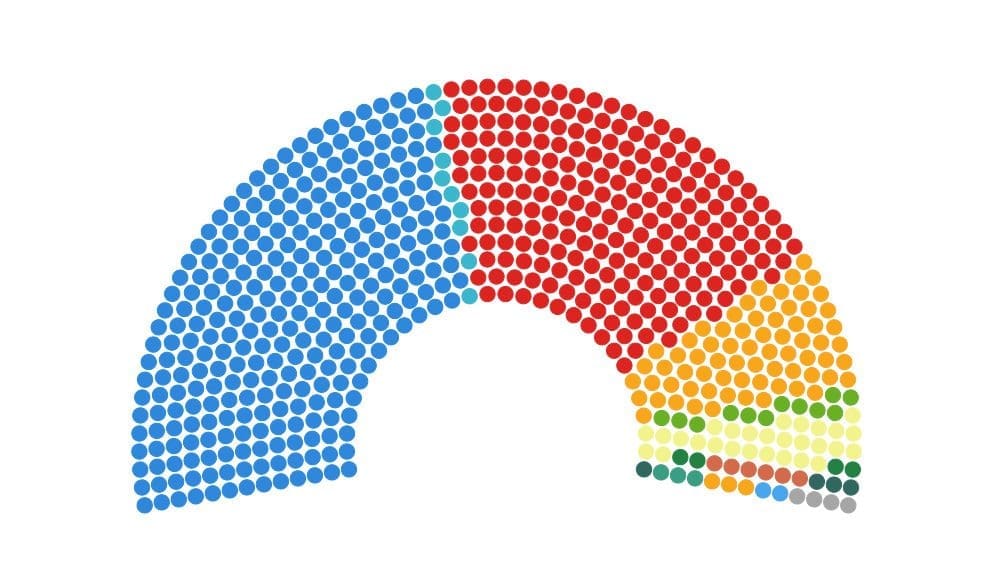 How The 2019 Election Results Could Have Looked With Proportional Representation Electoral Reform Society Ers From electoral-reform.org.uk
How The 2019 Election Results Could Have Looked With Proportional Representation Electoral Reform Society Ers From electoral-reform.org.uk
Lets say you have a country with 300 million people and you want to choose 300 representatives to make laws. The DHondt method or the Jefferson method is a highest averages method for allocating seats and is thus a type of party-list proportional representation. Proportional representation is a way of counting votes in an election when there is more than one candidate to be elected. People who live in each district vote to choose the single. Proportional representation is the idea that the seats in parliament should be in proportion to the votes cast. Mixed-member proportional MMP representation is a mixed electoral system in which voters get two votes.
If proportional representation is used in an election a political party that wins 10 of the vote will win 10 of the seats in parliament and a party that wins 20 of the vote will win 20 of the seats.
If proportional representation is used in an election a political party that wins 10 of the vote will win 10 of the seats in parliament and a party that wins 20 of the vote will win 20 of the seats. One to decide the representative for their single-seat constituency and one for a political party. Governments must form coalitions and they pay a heavy price for getting into bed with unpopular small parties. If proportional representation is used in an election a political party that wins 10 of the vote will win 10 of the seats in parliament and a party that wins 20 of the vote will win 20 of the seats. Mixed-member proportional MMP representation is a mixed electoral system in which voters get two votes. Is the US a proportional representation.
 Source: biv.com
Source: biv.com
The basic principles underlying proportional representation elections are that all voters deserve representation and that all political groups in society deserve to be represented in our legislatures in proportion to their strength in the electorate. Under PR parties groups and independent candidates are elected to the Parliament in proportion to the number of votes they receive. Proportional Representation PR characterizes electoral systems in which divisions in an electorate are reflected proportionately in the elected body. We know it simply as PR or proportional representation but more correctly it is the mouthful proportional representation by the single transferable vote STV in multi-seat constituencies. If n of the electorate supports a particular political party as their favorite then roughly n of seats will be won by that party.
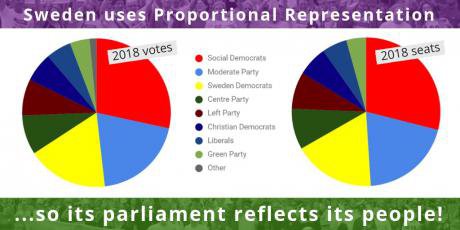 Source: opendemocracy.net
Source: opendemocracy.net
Seats in the legislature are filled firstly by the successful constituency candidates Why do we have single member and multimember districts. Proportional representation is a way of counting votes in an election when there is more than one candidate to be elected. There are two fundamentally different ways of doing it. What does proportional representation mean. Proportional Representation PR is an electoral system whereby the composition of the elected body reflects the proportion of support gained by each political party standing in that election.
 Source: dw.com
Source: dw.com
One to decide the representative for their single-seat constituency and one for a political party. Just what is proportional representation and how does it work. The DV Index is calculated by adding up the difference between each partys vote share and their seat share in each electoral area and dividing by two giving a total deviation score. We know it simply as PR or proportional representation but more correctly it is the mouthful proportional representation by the single transferable vote STV in multi-seat constituencies. Proportional Representation PR characterizes electoral systems in which divisions in an electorate are reflected proportionately in the elected body.
 Source: youtube.com
Source: youtube.com
The basic principle of proportional representation is that the make-up of an elected body should represent the nationwide vote share. People who live in each district vote to choose the single. It ensures that the required number of candidates are. The basic principles underlying proportional representation elections are that all voters deserve representation and that all political groups in society deserve to be represented in our legislatures in proportion to their strength in the electorate. An introduction to proportional representation - YouTube The proportional counting system is used when more than one person is to be elected.
 Source: electoral-reform.org.uk
Source: electoral-reform.org.uk
What does proportional representation mean. Proportional representation prevents minorities with extreme views from gaining control. The basic principles underlying proportional representation elections are that all voters deserve representation and that all political groups in society deserve to be represented in our legislatures in proportion to their strength in the electorate. A way of measuring the proportionality of electoral outcomes is via the Deviation from Proportionality DV Index. What does proportional representation mean.
 Source: makevotesmatter.org.uk
Source: makevotesmatter.org.uk
People who live in each district vote to choose the single. There are lots of different ways to decide who gets to sit in parliament some are more proportional and some are less. If proportional representation is used in an election a political party that wins 10 of the vote will win 10 of the seats in parliament and a party that wins 20 of the vote will win 20 of the seats. One to decide the representative for their single-seat constituency and one for a political party. Governments must form coalitions and they pay a heavy price for getting into bed with unpopular small parties.
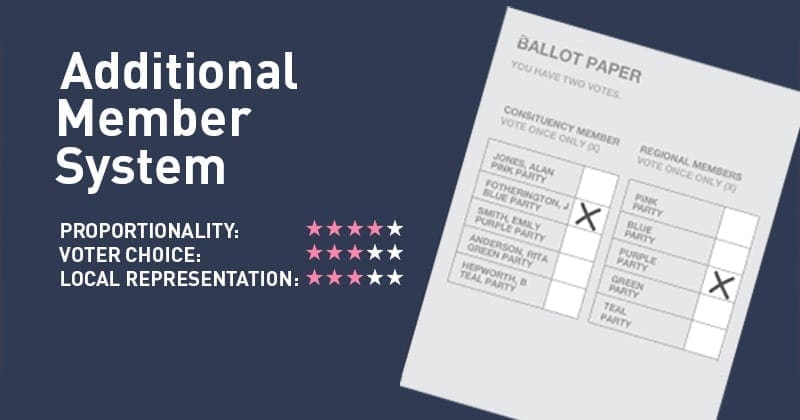 Source: electoral-reform.org.uk
Source: electoral-reform.org.uk
Just what is proportional representation and how does it work. Answer 1 of 2. Proportional representation prevents minorities with extreme views from gaining control. Mixed-member proportional MMP representation is a mixed electoral system in which voters get two votes. The DHondt method minimizes the number of votes that need to be left aside so that the remaining votes are represented exactly proportionally.
 Source: instituteforgovernment.org.uk
Source: instituteforgovernment.org.uk
If proportional representation is used in an election a political party that wins 10 of the vote will win 10 of the seats in parliament and a party that wins 20 of the vote will win 20 of the seats. There are lots of different ways to decide who gets to sit in parliament some are more proportional and some are less. Proportional Representation PR is an electoral system whereby the composition of the elected body reflects the proportion of support gained by each political party standing in that election. How does the D Hondt system work. Voting systems in the UK.
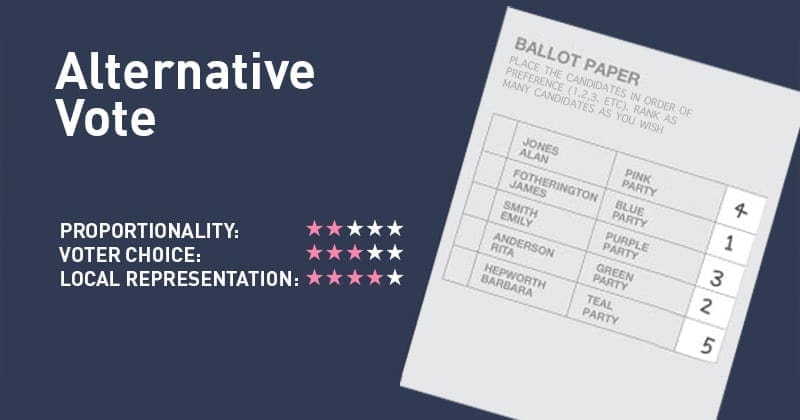 Source: electoral-reform.org.uk
Source: electoral-reform.org.uk
If proportional representation is used in an election a political party that wins 10 of the vote will win 10 of the seats in parliament and a party that wins 20 of the vote will win 20 of the seats. One to decide the representative for their single-seat constituency and one for a political party. The DV Index is calculated by adding up the difference between each partys vote share and their seat share in each electoral area and dividing by two giving a total deviation score. What does proportional representation mean. Proportional Representation PR is an electoral system whereby the composition of the elected body reflects the proportion of support gained by each political party standing in that election.
 Source: parliament.nz
Source: parliament.nz
People who live in each district vote to choose the single. The basic principle of proportional representation is that the make-up of an elected body should represent the nationwide vote share. If proportional representation is used in an election a political party that wins 10 of the vote will win 10 of the seats in parliament and a party that wins 20 of the vote will win 20 of the seats. There are lots of different ways to decide who gets to sit in parliament some are more proportional and some are less. Proportional representation is a way of counting votes in an election when there is more than one candidate to be elected.
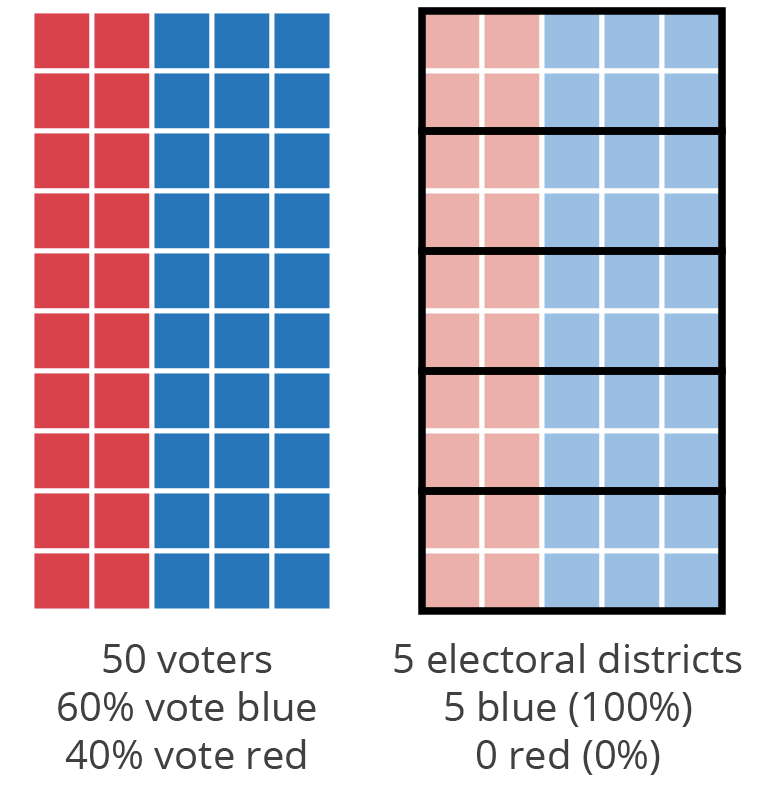 Source: europeanconstitution.eu
Source: europeanconstitution.eu
How does the D Hondt system work. If proportional representation is used in an election a political party that wins 10 of the vote will win 10 of the seats in parliament and a party that wins 20 of the vote will win 20 of the seats. The basic principles underlying proportional representation elections are that all voters deserve representation and that all political groups in society deserve to be represented in our legislatures in proportion to their strength in the electorate. Proportional Representation PR is the term which describes a group of electoral systems used to elect candidates in multi-member electorates. If n of the electorate supports a particular political party as their favorite then roughly n of seats will be won by that party.
 Source: dw.com
Source: dw.com
There are lots of different ways to decide who gets to sit in parliament some are more proportional and some are less. Lets say you have a country with 300 million people and you want to choose 300 representatives to make laws. How does the D Hondt system work. Proportional representation is an electoral system in which the distribution of seats corresponds closely with the proportion of the total votes cast for each party. The DHondt method minimizes the number of votes that need to be left aside so that the remaining votes are represented exactly proportionally.
 Source: dw.com
Source: dw.com
For example if a party gained 40 of the total votes a perfectly proportional system would allow them to gain 40 of the seats. Voting systems in the UK. If proportional representation is used in an election a political party that wins 10 of the vote will win 10 of the seats in parliament and a party that wins 20 of the vote will win 20 of the seats. What does proportional representation mean. This is because Ireland uses an electoral system called proportional representation with a single transferrable vote PRSTV or PR for short.
 Source: biv.com
Source: biv.com
There are lots of different ways to decide who gets to sit in parliament some are more proportional and some are less. Proportional Representation PR is the term which describes a group of electoral systems used to elect candidates in multi-member electorates. The DHondt method or the Jefferson method is a highest averages method for allocating seats and is thus a type of party-list proportional representation. The DV Index is calculated by adding up the difference between each partys vote share and their seat share in each electoral area and dividing by two giving a total deviation score. Proportional representation contrasts with a majority or plural system.
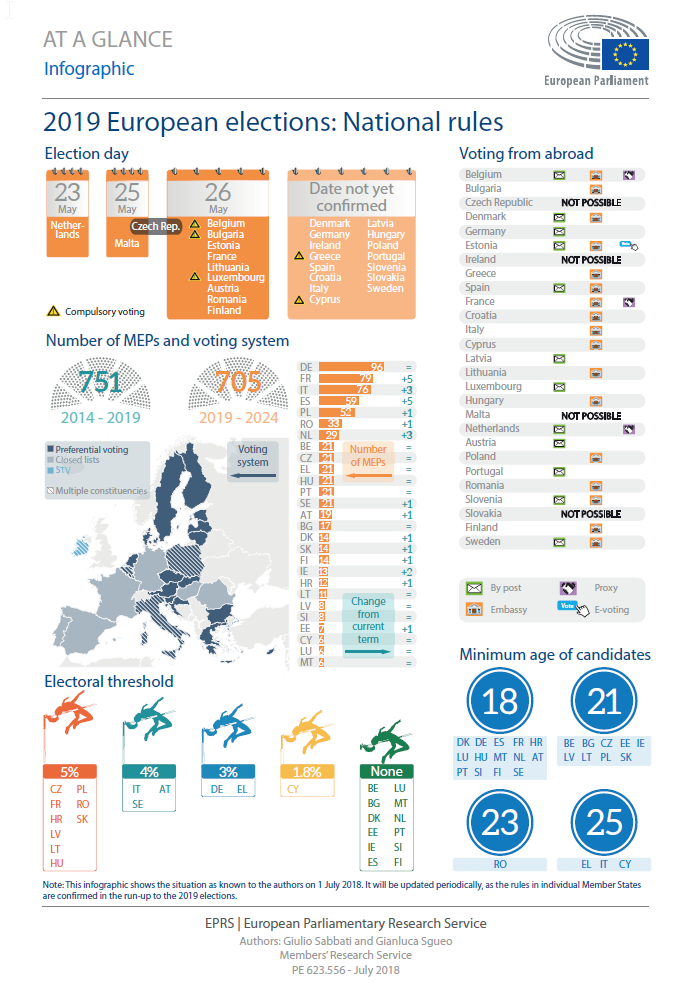 Source: europeanconstitution.eu
Source: europeanconstitution.eu
One to decide the representative for their single-seat constituency and one for a political party. An introduction to proportional representation - YouTube The proportional counting system is used when more than one person is to be elected. Proportional representation is a way of counting votes in an election when there is more than one candidate to be elected. What does proportional representation mean. Governments must form coalitions and they pay a heavy price for getting into bed with unpopular small parties.
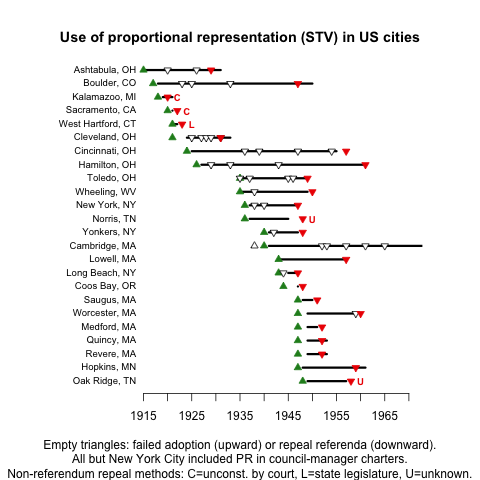 Source: mobile.twitter.com
Source: mobile.twitter.com
Proportional representation is an electoral system in which the distribution of seats corresponds closely with the proportion of the total votes cast for each party. We know it simply as PR or proportional representation but more correctly it is the mouthful proportional representation by the single transferable vote STV in multi-seat constituencies. In other words everyone should have the right to fair representation. If n of the electorate supports a particular political party as their favorite then roughly n of seats will be won by that party. One to decide the representative for their single-seat constituency and one for a political party.
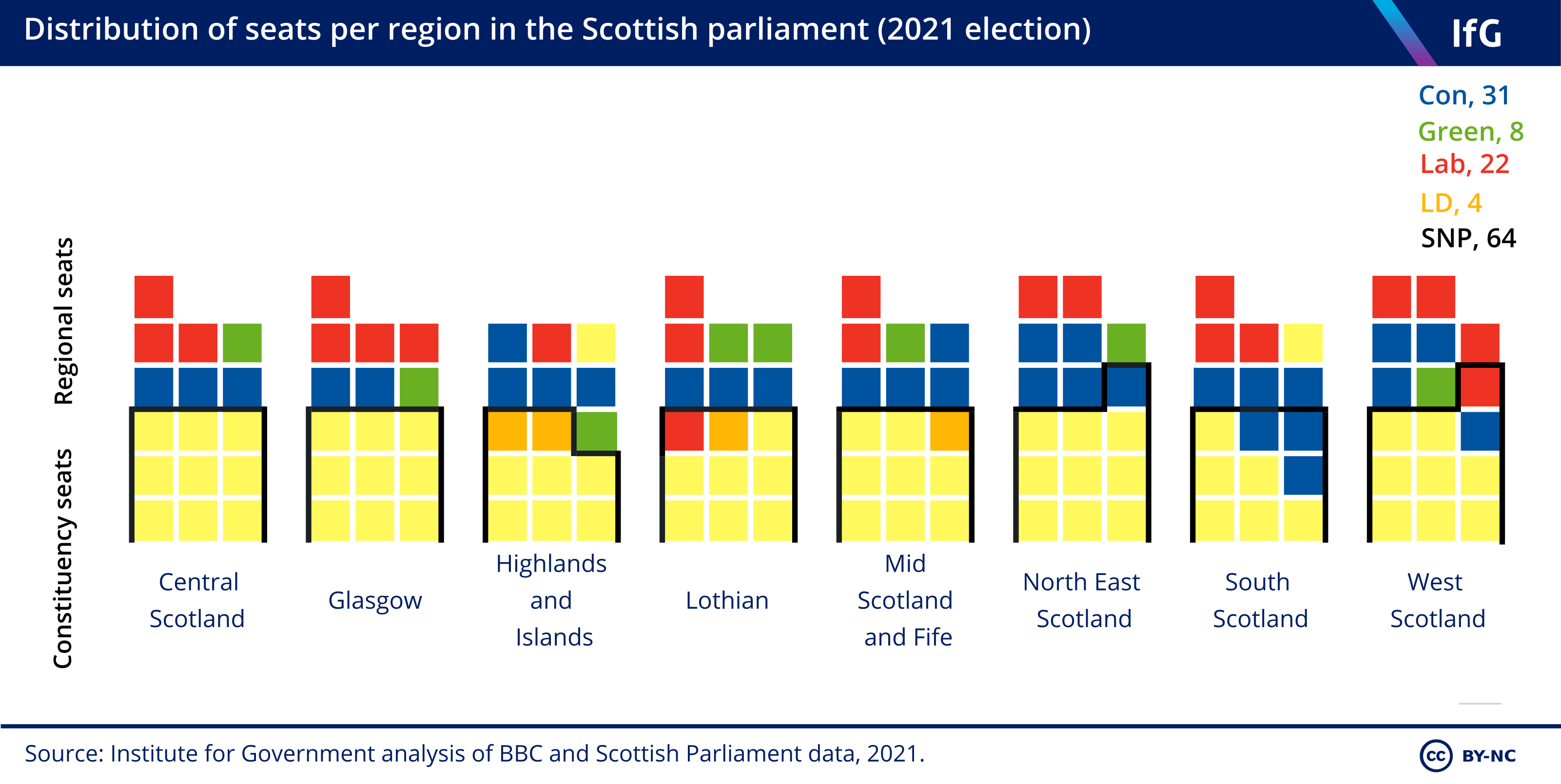 Source: instituteforgovernment.org.uk
Source: instituteforgovernment.org.uk
Proportional representation contrasts with a majority or plural system. Proportional representation is the idea that the seats in parliament should be in proportion to the votes cast. If proportional representation is used in an election a political party that wins 10 of the vote will win 10 of the seats in parliament and a party that wins 20 of the vote will win 20 of the seats. The names of candidates appear in alphabetical order on the ballot paper along with their photographs and. Proportional representation contrasts with a majority or plural system.
 Source: washingtonpost.com
Source: washingtonpost.com
Proportional representation is a way of counting votes in an election when there is more than one candidate to be elected. Proportional representation prevents minorities with extreme views from gaining control. Proportional Representation PR is the term which describes a group of electoral systems used to elect candidates in multi-member electorates. Under PR parties groups and independent candidates are elected to the Parliament in proportion to the number of votes they receive. If proportional representation is used in an election a political party that wins 10 of the vote will win 10 of the seats in parliament and a party that wins 20 of the vote will win 20 of the seats.
This site is an open community for users to do sharing their favorite wallpapers on the internet, all images or pictures in this website are for personal wallpaper use only, it is stricly prohibited to use this wallpaper for commercial purposes, if you are the author and find this image is shared without your permission, please kindly raise a DMCA report to Us.
If you find this site adventageous, please support us by sharing this posts to your preference social media accounts like Facebook, Instagram and so on or you can also bookmark this blog page with the title how does proportional representation work by using Ctrl + D for devices a laptop with a Windows operating system or Command + D for laptops with an Apple operating system. If you use a smartphone, you can also use the drawer menu of the browser you are using. Whether it’s a Windows, Mac, iOS or Android operating system, you will still be able to bookmark this website.






